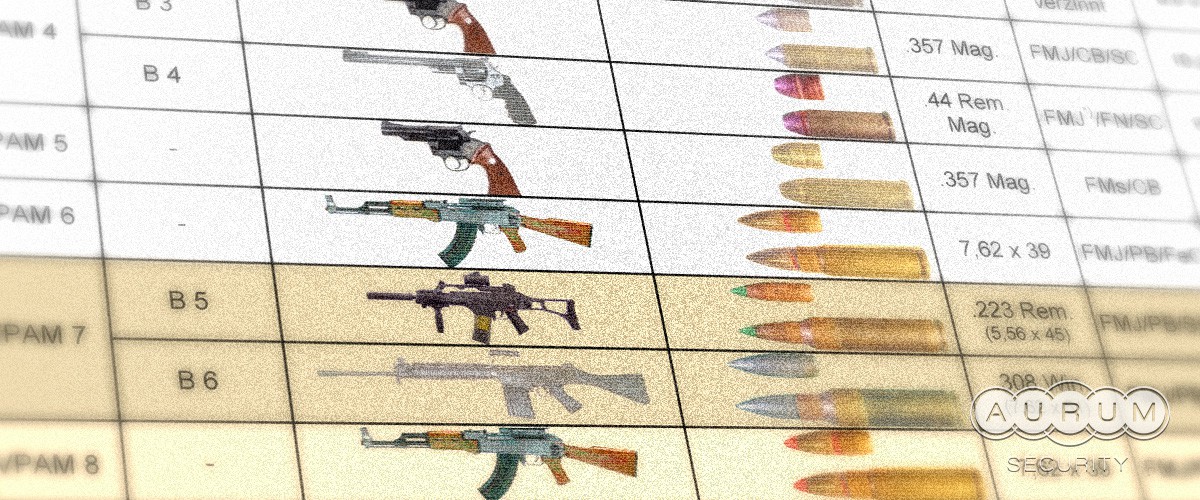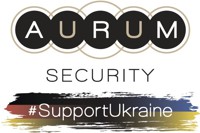Searching for armored vehicles, you will most definitely come across terms like BR6 / FB6 / VR6, or you might see some manufacturers stating that their vehicles are VR7 certified. It is useful to understand what these acronyms stand for.
The abbreviation "BR" is defined in the standard DIN EN 1063 and is used for protection levels of transparent armor (bullet-proof glass) for armored cars.
The abbreviation "FB" is defined in the standard DIN EN 1522 and is used to indicate the protection level of opaque (non-transparent) materials, such as armor steel, kevlar, twaron, aramid, UHMwPE (Ultra High Molecular weight Polyethylene like Dyneema or Spectra), ceramic etc. which often used in armored cars.

The abbreviation "VR" is defined in the standard BRV 1999 (the newest edition is BRV 2009) and specifies protection level of a complete vehicle.
A European body VPAM – Vereinigung der Prüfstellen für angriffshemmende Materialien und Konstruktionen (Association of Centers for Certification of Bullet-resistant Materials and Constructions) – defines 14 protection levels instead of 7 levels as were defined by the standards EN 1522 / EN 1063.
After the introduction of VPAM, lot of confusion has arisen. The point of this confusion was that the most popular protection class for civil vehicles - B6 – was marked as VPAM 7 and B7 was marked as VPAM 9. You can find more information about VPAM here.
Still there is a lot of confusion on the market regarding different standards for ballistic and blast protection. Most of the buyers and sellers of armored vehicles only know "B6" and "B7", without really understanding what it means. Here we made a brief introduction to different standards and correspondence between them.
